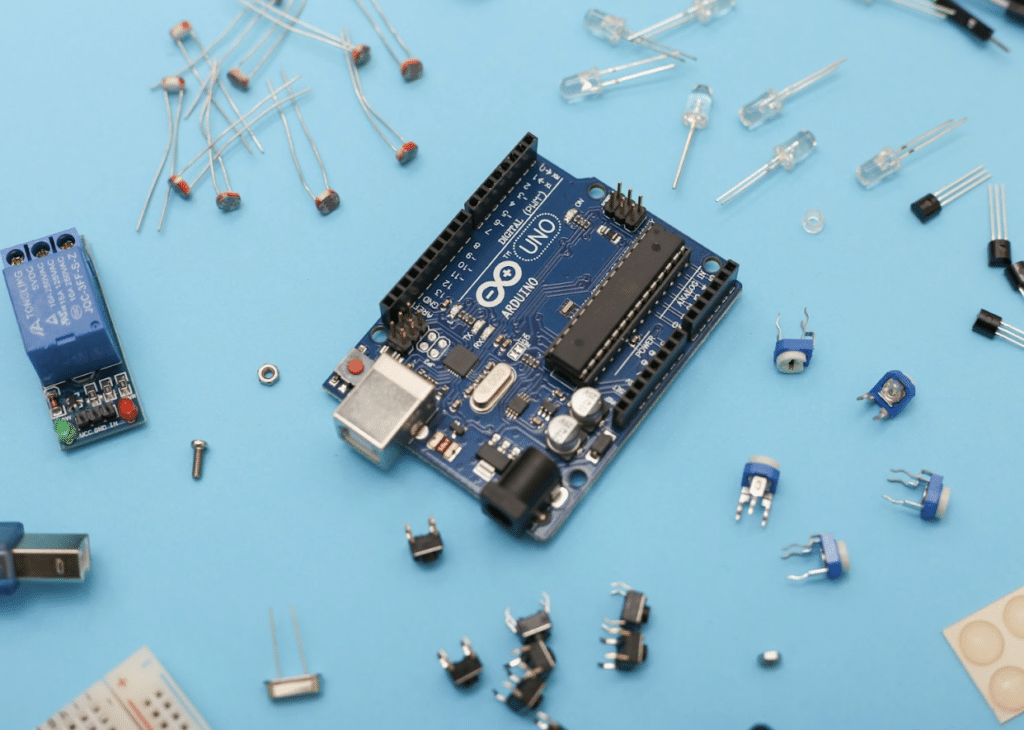Selecting the right components for your electronics board is crucial for ensuring optimal performance, reliability, and cost-effectiveness. Whether you’re designing a simple hobby project or a complex industrial application, the components you choose can make or break your design process. The wrong component can cause damage to the entire board, prolong development time, and increase production costs. The following tips and best practices will guide you in making the best choices during component selection process, ensuring your project stays on track and within budget.

Researching component specifications is another vital aspect of the selection process. You can search for components either via the manufacturer or through distributors. This step ensures that the available components meet your design needs.
One way to be effective in this process is to collaborate and ask questions. Let the manufacturers or other experienced design engineers know about your design needs. They can make good component choices based on the design requirement. Many manufacturers offer technical support and have application engineers who can provide valuable insights and recommendations.
When researching components, key specifications to consider include:
Availability and cost are critical factors to consider. Ensuring that your chosen components are readily available and cost-effective can significantly impact the success and efficiency of your design process.
I’ve actually faced this challenge before. I started a design, completed my schematics and PCB layout, and even generated my manufacturing files. But when I checked the distributors’ sites and contacted a few manufacturing houses, I found out that the major chip I used for the design was not available due to the chip shortage. I could have avoided this if I had checked for component availability before diving straight into the design. This shortage not only increased the price of the few available chips but also caused my board to become more expensive. Additionally, it either prolonged the product development time due to redesign or forced me to absorb the higher costs.
Understanding your design requirements is crucial, solving 40% of your component selection challenges by ensuring components fit specific needs. Thorough research of component specifications through manufacturer websites and distributors, coupled with collaboration with experts, ensures compatibility and performance. Checking component availability and cost early in the design process prevents delays and cost overruns, ensuring components are readily available and within budget. By integrating these practices, you can achieve more reliable, cost-effective, and timely project outcomes, leading to higher quality and yield in your electronics boards.
For a more efficient design process, check out CADY Solution software. It helps streamline your design workflow by allowing you to perform detailed inspections of your schematics and BOM. With CADY Solution, you can easily identify and correct errors early on, ensuring that your designs are accurate and reliable before moving forward. This can save you time and reduce costly revisions, leading to a smoother, more efficient design process.